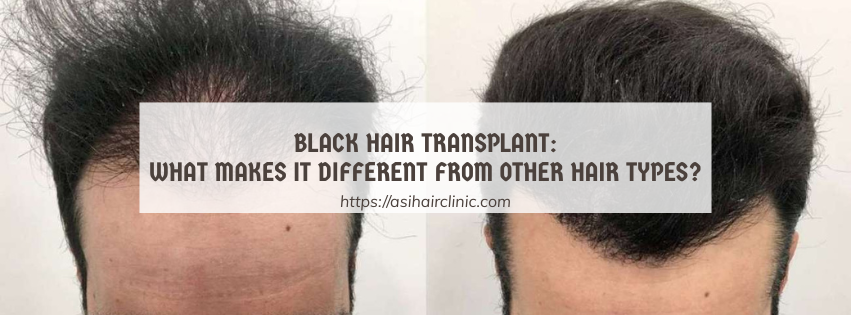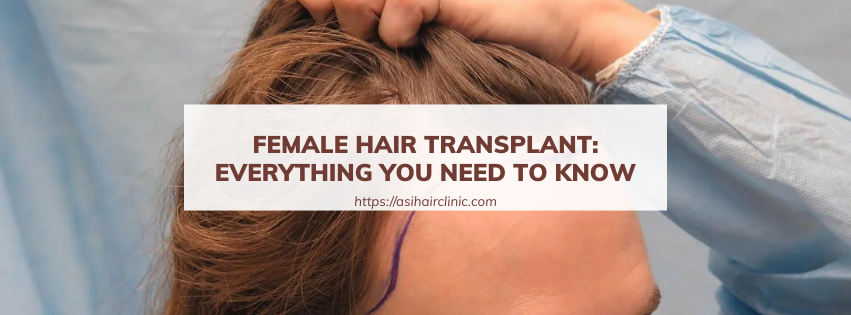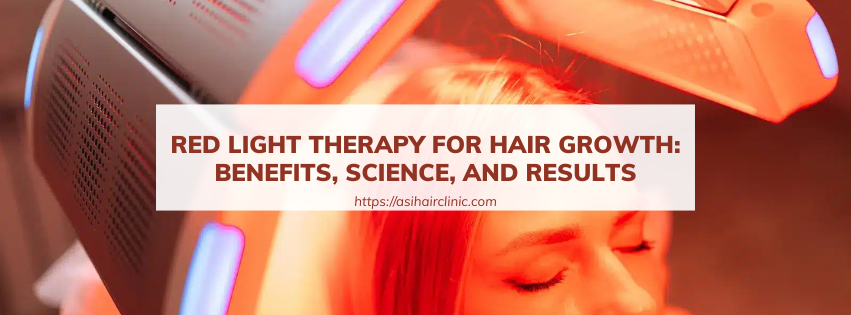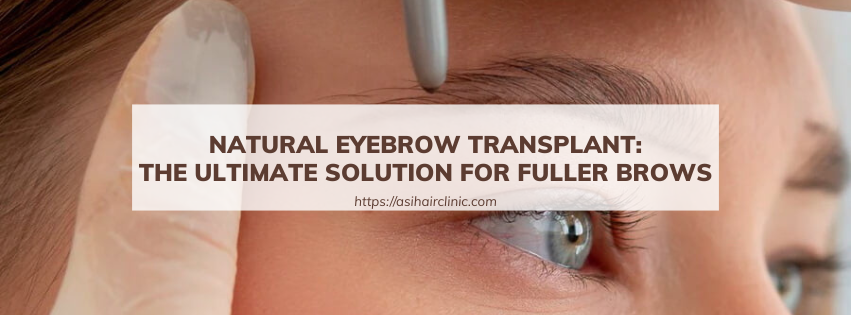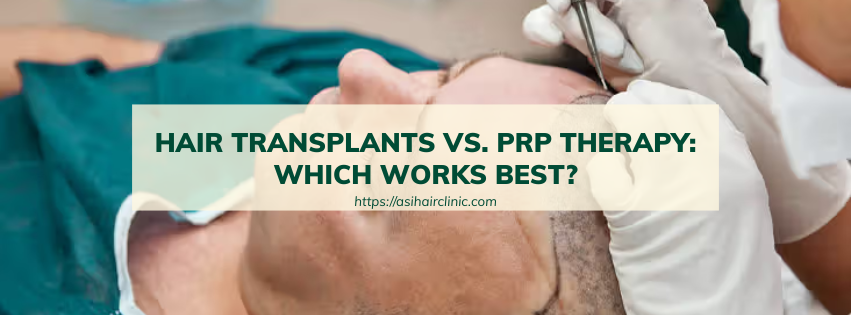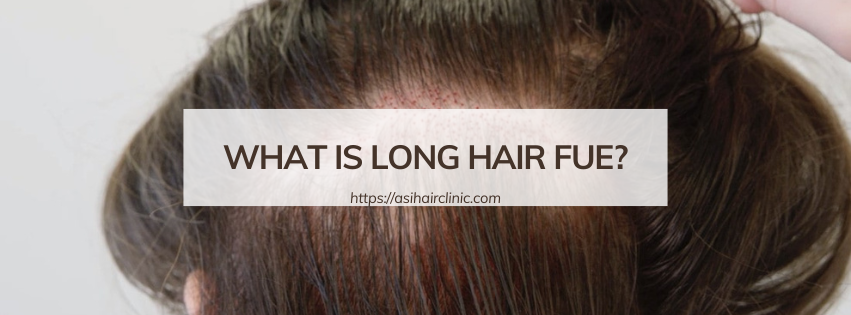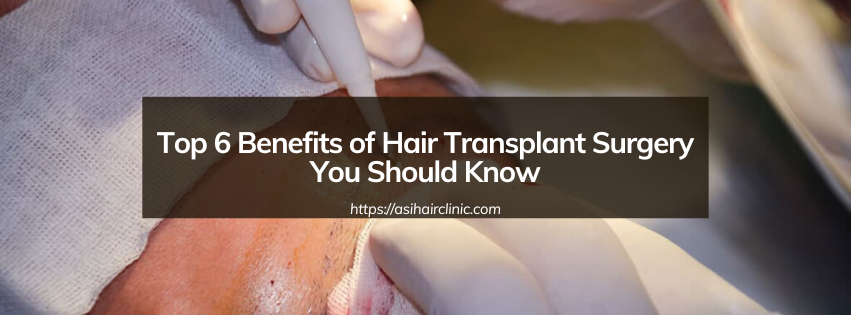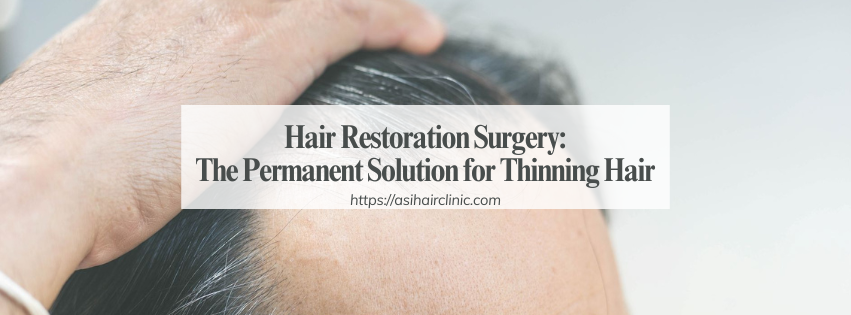How Much Does An Eyebrow Transplant Cost?
The growing popularity of eyebrow transplants has made many people curious not only about the procedure itself but also about the eyebrow transplant cost. Factors such as the technique used, the surgeon's experience, and the clinic's location can significantly influence the overall price. Understanding these elements will help you make informed decisions if you're considering enhancing your eyebrows through transplantation.
1. Understanding Eyebrow Transplants
Eyebrow transplants have emerged as a sought-after solution for individuals struggling with thin or sparse eyebrows due to various reasons, including genetics, over-plucking, or medical conditions. The procedure involves taking hair follicles from a donor area, usually the scalp, and implanting them into the eyebrow region to create fuller and more defined brows.
Before delving into the eyebrow transplant cost, it is essential to grasp what the procedure entails, who it benefits, and the expected outcomes.
1.1. What is an Eyebrow Transplant?
An eyebrow transplant is a minimally invasive surgical procedure that involves the extraction of healthy hair follicles from the scalp or another body area and their subsequent implantation into the eyebrow region. This method creates natural-looking, fuller eyebrows that grow like regular hair.
The procedure generally takes between 2 to 4 hours, depending on the number of grafts required. Patients are usually awake during the process; however, local anesthesia is administered to ensure comfort. The results can be life-changing, offering individuals the chance to achieve their desired brow shape and fullness while eliminating the need for makeup products.
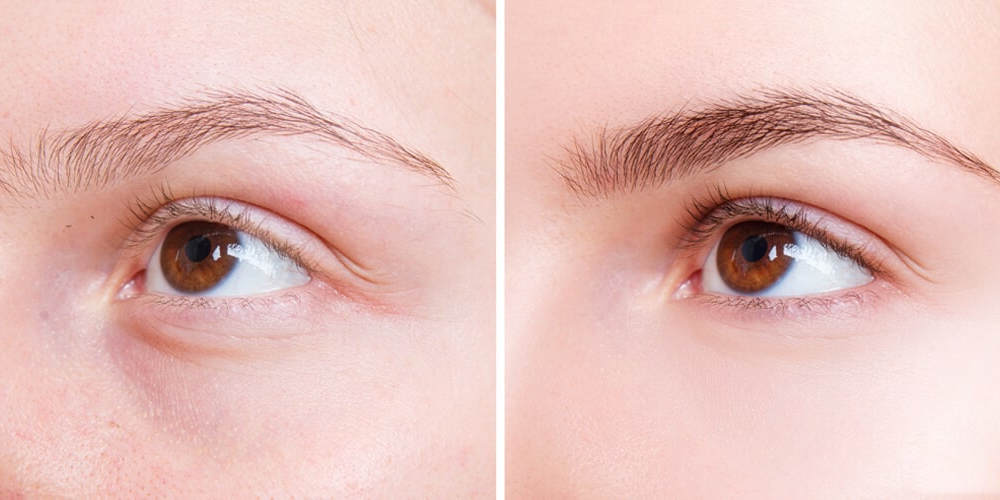
1.2. Who Benefits from an Eyebrow Transplant?
People who benefit from eyebrow transplants include those with:
- Thin or sparse eyebrows due to genetic factors
- Damage from over-plucking or waxing
- Scar tissue resulting from injury or surgery
- Medical conditions such as alopecia or other autoimmune disorders
Understanding the potential candidates for this procedure can inform individuals about whether they might be suitable for an eyebrow transplant. This awareness leads to better discussions with healthcare professionals, ensuring patients have realistic expectations regarding their outcomes.
1.3. Expected Outcomes
Patients can expect natural-looking results after an eyebrow transplant. The newly implanted hairs will initially shed before entering a growth phase, eventually matching the texture and thickness of existing brow hair. Over time, patients may find it necessary to maintain their eyebrows through trimming or shaping, similar to how one would manage their natural brows.
While results vary from person to person, the overall success rate for eyebrow transplants is high when performed by experienced professionals.
2. Factors Influencing Eyebrow Transplant Cost
The eyebrow transplant cost can vary widely based on several key factors. Understanding these influences can help you budget effectively and select the right clinic for your needs.
2.1. Experience and Reputation of the Surgeon
One of the most significant factors affecting the cost of an eyebrow transplant is the surgeon's expertise and reputation.
Experienced surgeons often charge higher fees for their services, reflecting their skills and successful track record. A highly-regarded specialist is likely to have refined techniques and a higher success rate in achieving desirable outcomes.
Moreover, reputable clinics tend to have advanced technology and well-trained staff, which can further justify higher prices. While affordability is essential, prioritizing quality care is paramount when considering cosmetic procedures.
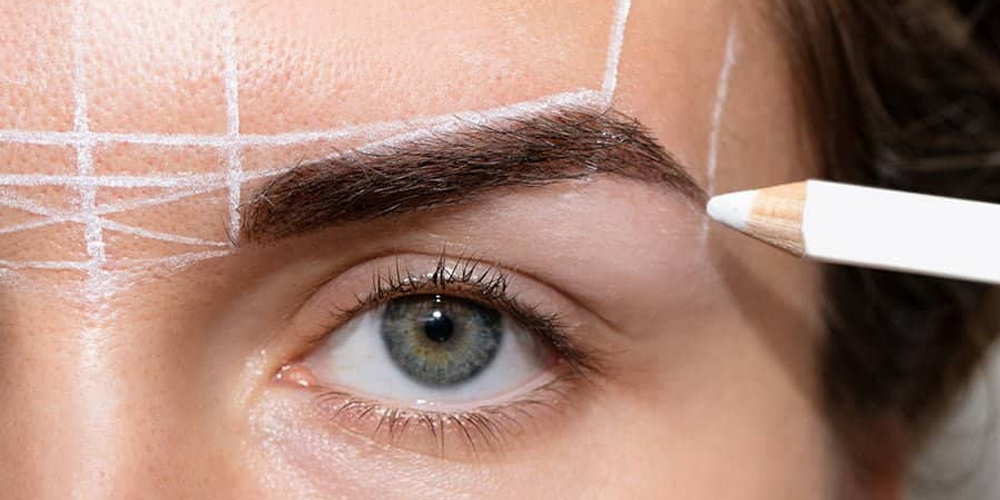
2.2. Clinic Location
The location of the clinic plays a crucial role in determining the eyebrow transplant cost. Clinics situated in metropolitan areas or affluent neighborhoods typically have higher operating expenses, which can be passed on to patients.
Conversely, clinics located in rural or less-populated areas may offer competitive rates. However, it's important to consider the surgeon's qualifications and the clinic's reputation rather than just focusing on cost. Traveling for a procedure can increase total expenses, so weigh the pros and cons carefully.
2.3. Technique Used
The technique employed during the eyebrow transplant also impacts the overall cost.
There are different methods available, including Follicular Unit Extraction (FUE) and Follicular Unit Transplantation (FUT).
FUE is often considered the gold standard, as it involves harvesting individual follicular units, resulting in minimal scarring and faster recovery times. However, this technique may come with a higher price tag compared to FUT, which removes a strip of skin containing hair follicles. Each method has its benefits and drawbacks, so it's vital to discuss options with your surgeon to determine the best fit for your needs.
2.4 Number of Grafts Required
The number of grafts needed during the transplant can dramatically affect the eyebrow transplant cost.
Most clinics charge per graft; hence, those requiring more extensive work will face higher expenses. Factors influencing the number of grafts include the extent of hair loss, desired eyebrow density, and personal preferences regarding shape and fullness.
A detailed consultation with a surgeon will help assess individual needs and establish a realistic estimate of the required grafts and associated costs.
3. Preparing for an Eyebrow Transplant
Preparation plays a crucial role in ensuring a successful eyebrow transplant. Before undergoing the procedure, patients should take various steps to optimize their chances of a positive outcome.
3.1. Consultation with a Surgeon
The initial step in preparing for an eyebrow transplant is scheduling a consultation with a qualified surgeon. During this meeting, patients can discuss their concerns, ask questions, and explore potential options.
This consultation serves as an opportunity for the surgeon to evaluate the patient's facial features, discuss suitable techniques, and analyze the donor area. It's essential to communicate clearly about expectations regarding fullness, shape, and overall appearance.
3.2. Preoperative Instructions
Surgeons typically provide preoperative instructions to prepare patients for the procedure. Common recommendations may include refraining from blood-thinning medications, avoiding alcohol and smoking, and maintaining proper hydration.
Following these guidelines can minimize complications and promote smoother recovery. It's essential for patients to adhere strictly to these preoperative measures to ensure optimal results.
3.3. Psychological Preparation
While physical preparation is essential, psychological readiness is equally important. Patients should mentally prepare for the changes that will occur following the eyebrow transplant.
Understanding that initial results may differ from the final appearance is crucial. Patience is necessary, as hair growth varies from person to person and can take several months before realizing the full effects of the transplant. Realistic expectations will help manage feelings of anxiety or disappointment if immediate results don't align with one's desires.
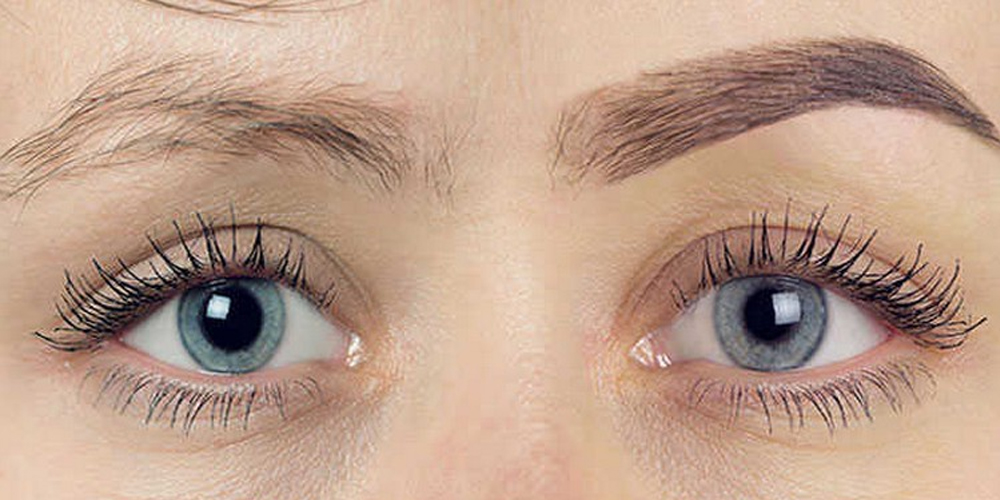
4. Post-Operative Care and Recovery
Recovery after an eyebrow transplant is a vital component of achieving successful outcomes. Proper post-operative care ensures that the transplanted hair follicles thrive and integrate into the surrounding tissue.
4.1. Immediate Aftercare
After the procedure, patients can expect some swelling, redness, and minor discomfort in the eyebrow area. Surgeons typically prescribe pain medications and recommend applying cold compresses to alleviate discomfort.
Patients must follow specific aftercare instructions to promote healing and prevent complications. This often includes avoiding touching or scratching the eyebrow area and steering clear of strenuous activities that could cause excessive sweating or tension in the forehead region.
4.2. Long-Term Care
Long-term care for eyebrow transplants involves ongoing maintenance practices similar to natural brow management. Patients should trim and shape their eyebrows regularly to keep them looking neat and tidy.
Additionally, some may choose to use specialized hair growth products to enhance results further. Regular check-ups with the surgeon can help monitor progress and address any concerns or unexpected changes.
4.3. Emotional Recovery
The emotional aspect of recovering from an eyebrow transplant should not be overlooked. Some patients may experience anxiety regarding the appearance of their new brows, especially during the initial healing phase when shedding occurs.
Reassurance from friends, family, and medical professionals can help alleviate worries. Engaging in supportive communities-whether online or offline-where individuals share experiences can foster positivity and encourage patience during recovery.
Conclusion
In summary, understanding the eyebrow transplant cost is essential for anyone considering this transformative procedure. By exploring various factors influencing pricing-such as surgeon experience, clinic location, technique used, and number of grafts-it becomes clear that selecting the right clinic and professional is paramount.
Preparing for the procedure and following appropriate post-operative care are critical components in achieving lasting results. As with any cosmetic intervention, realistic expectations and emotional preparedness are fundamental in navigating the journey toward enhanced beauty. If you’re contemplating an eyebrow transplant, invest the time to research and consult with qualified professionals to ensure the best possible outcome for your unique needs.
LATEST POSTS

